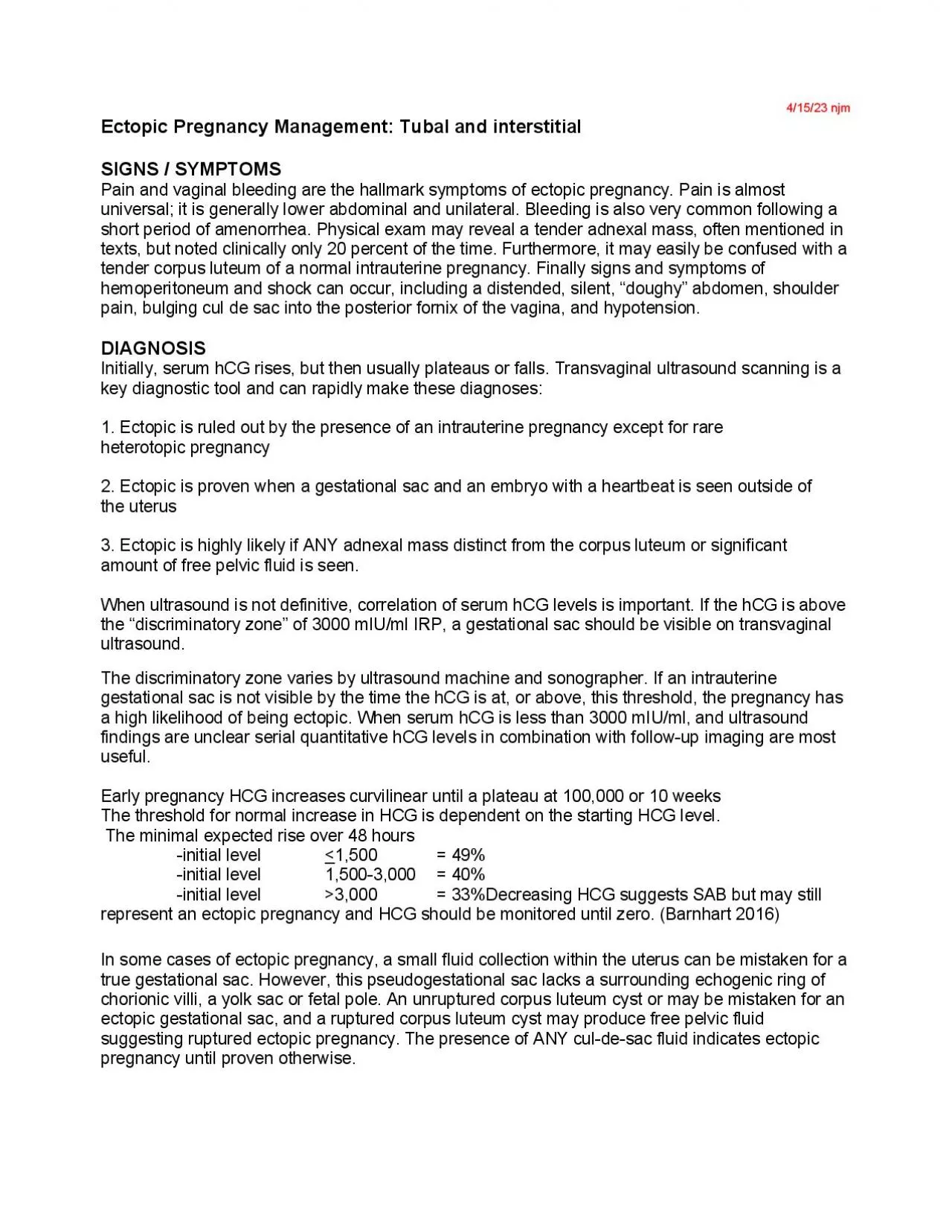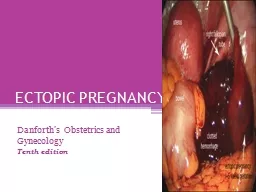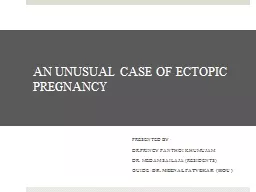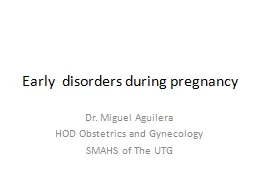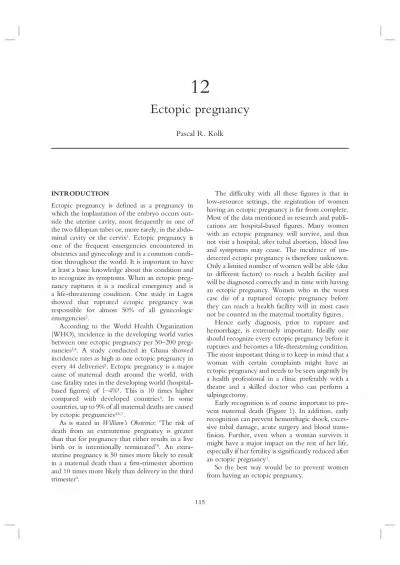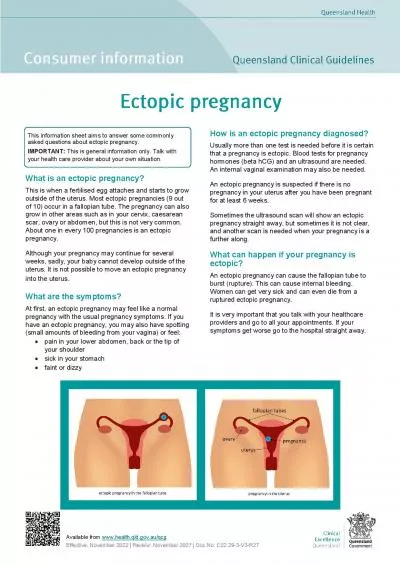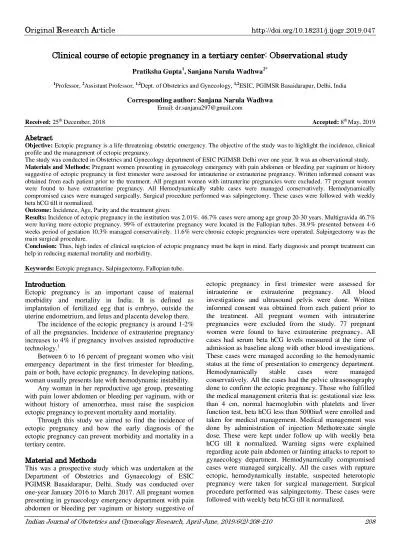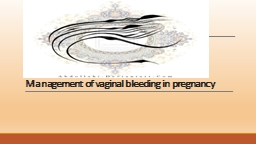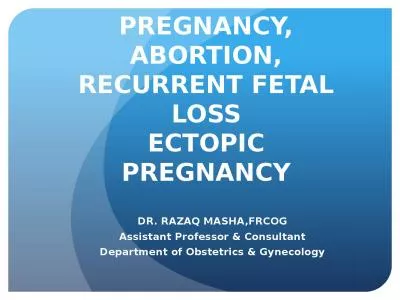PDF-Ectopic Pregnancy Management Tubal and interstitial
Author : bety | Published Date : 2022-09-07
101121 njm SIGNS SYMPTOMS Pain and vaginal bleeding are the hallmark symptoms of ectopic pregnancy Pain is almost universal it is generally lower abdominal and
Presentation Embed Code
Download Presentation
Download Presentation The PPT/PDF document "Ectopic Pregnancy Management Tubal and i..." is the property of its rightful owner. Permission is granted to download and print the materials on this website for personal, non-commercial use only, and to display it on your personal computer provided you do not modify the materials and that you retain all copyright notices contained in the materials. By downloading content from our website, you accept the terms of this agreement.
Ectopic Pregnancy Management Tubal and interstitial: Transcript
Download Rules Of Document
"Ectopic Pregnancy Management Tubal and interstitial"The content belongs to its owner. You may download and print it for personal use, without modification, and keep all copyright notices. By downloading, you agree to these terms.
Related Documents

